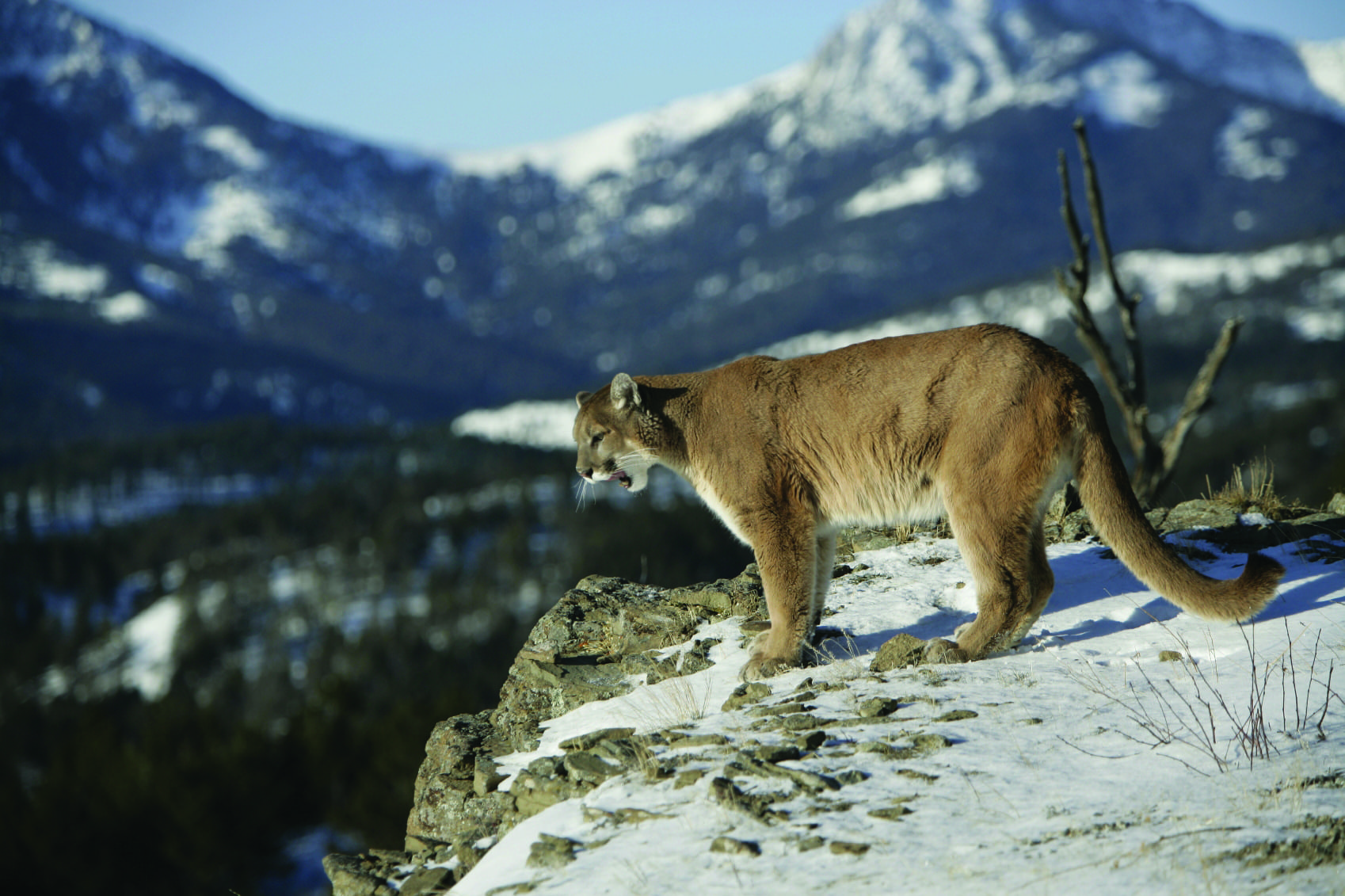Forestry & Wildlife

Are reported cougar sightings in Alabama? Learn more about this big cat: where it lives today, how to recognize animals that may look similar, what to do if you should encounter one, and more.
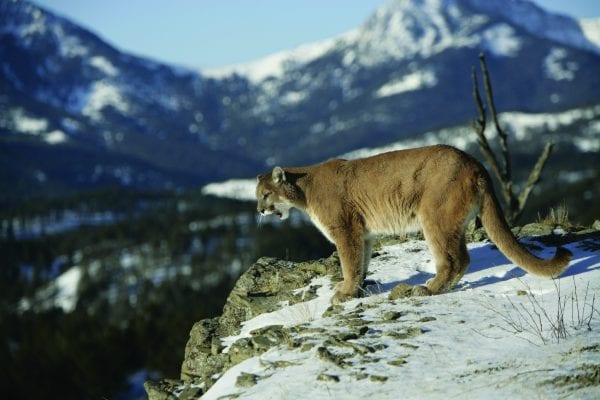
Figure 1. Cougars weigh between 65 and 265 pounds, are sandy brown to tawny gray in color, and do not have stripes or spots.
Across the eastern United States, there are frequent reports of cougar sightings in areas where the big cat is thought to no longer exist. Alabama is no different, and wildlife officials regularly receive calls and emails about cougars seen in the state. However, there has yet to be a reliable, verified Alabama sighting in more than 60 years. Is there really a population of these big cats roaming the Alabama wilderness or is it all just a myth?
What Is a Cougar?
Cougar, panther, Florida panther, puma, mountain lion, Mexican lion, lion, catamount, king cat, deer cat, mountain devil, mountain screamer, and painter are some of the names commonly used to refer to the same animal, Puma concolor. This big cat is the second largest felid in North America, weighing from 65 to 265 pounds (for comparison, the average German shepherd weighs about 75 pounds). The length from head to rump of adult cougars is between 3 and 5 feet with an additional 2 to 3.5 feet of tail. The cougar stands approximately 2.5 feet from foot to shoulder, which is about mid-thigh on the average adult man. The adult cougar is sandy brown to tawny gray with a whitish belly. Cougars do not have spots or stripes. The head is relatively small with small, rounded ears, and the tail is long, thick, and often ends with a black tip.
Where Do Cougars Live Today?
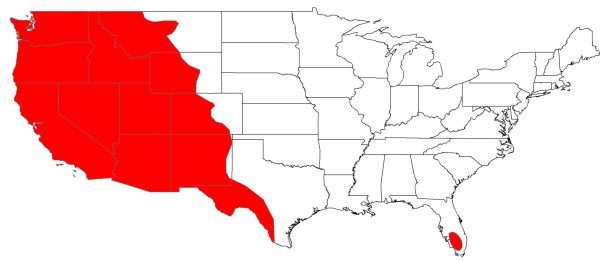
Figure 2. Cougars range over much of the western United States except for a small population in extreme southwest Florida.
The cougar once roamed most of the western hemisphere from the upper reaches of Canada’s boreal forests throughout the United States and to its southern limits at the tip of South America. Decades of hunting, trapping, eradication programs, and, more recently, loss of suitable habitat have significantly reduced the cougar’s range. Today, the cat’s range within the United States is restricted to regions around the Rocky Mountains of the West. The cat is presumed to be extinct east of the Mississippi River, except for a small protected population in the extreme southwestern portion of Florida (the Florida panther). Although sightings are reported outside of the cougar’s current known range, rarely are such sightings verifiable. Those verified usually include released or escaped individuals previously kept as pets or in zoos.
Are Cougars in Alabama?
The closest known cougar populations to Alabama exist in western Texas and southwestern Florida. Dispersing wild cougars have been identified as near as Tennessee, Louisiana, and Arkansas. The last confirmed cougar in Alabama was killed in 1956 in Tuscaloosa County. Since then, Alabama wildlife officials have yet to confirm any sightings that they receive regularly. In 2008, a hunter shot a cougar in Georgia; however, upon further investigation, the cat was determined to be a released pet and not a wild cougar.
If It Is Not a Cougar, What Is It?
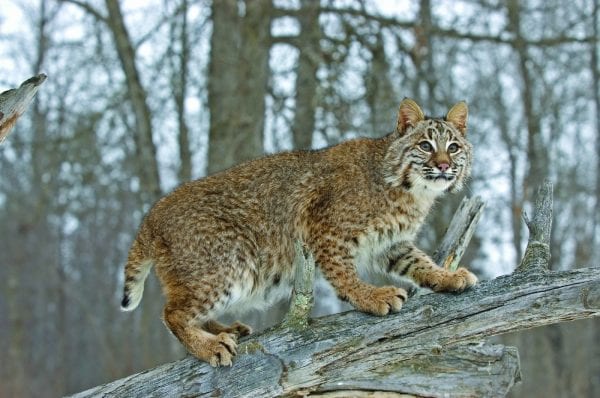
Figure 3. Bobcats are often misidentified as cougars. Bobcats are much smaller and have a proportionately shorter tail, unlike cougars.
If all these reports of cougars in Alabama are not cougars, what are they? Many of the sightings come from people unfamiliar with cougars, especially since they are unlikely to have seen one in the wild before. Often, other animals are misidentified as cougars.
Bobcats occur in large numbers throughout Alabama and the southeastern United States. A bobcat (Lynx rufus) is a different species than a cougar. It is much smaller, weighing about 15 to 35 pounds and has a short 4- to 8-inch tail and spotted coat. However, since these animals tend to avoid humans, in the brief glimpse a person may get of one, it may be hard to tell the difference.
Feral cats—domestic cats that now run wild—may also be the culprit behind many reported cougar sightings. A uniform brown feral cat looks similar to a cougar, except it is much smaller. Many pictures and videos found on the internet of supposed cougar sightings turn out to be feral cats once the animal’s size is compared to other inanimate objects in the background. Some domestic dogs and even coyotes can be mistaken for cougars if seen at the right angle or under poor lighting conditions. Although a dog may be similar in size, it has a shorter tail, a snout, and ears that are much more pointed than a cougar’s. Even deer with a similar coat color have been misidentified as a cougar.
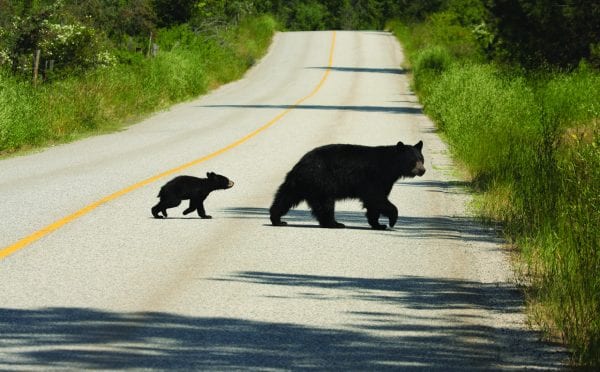
Figure 4. Sometimes black bears are mistaken as black panthers.
Interestingly, many of the reports from Alabama and across the Southeast are of a “black panther.” Since a cougar of an all-black coloration has never been recorded, it is doubtful that such sightings are reliable. Both jaguars (Felis onca) and jaguarundis (Herpailurus yagouroundi) exist in all-black color phases, but the range of both species makes them even less likely than cougars to be seen in Alabama. Mexico is the northern extent of these two species’ range. Small black bear populations are found in northeast and southwest Alabama, and male bears sometimes disperse to other regions of the state. Although the near lack of a tail and larger body size distinguish a bear from a “black panther,” confusion may be possible at first glance. The most sensible explanation is that black feral cats or dogs are mistaken for these “black panthers.”
There are a few RARE cases where sightings in Alabama may truly be cougars (although none have been verified in over 60 years). There is always the possibility that Alabama cougar sightings are of released or escaped cougars. Some people obtain cougar kittens as pets but soon realize they cannot handle an adult cat and release them into the wild. Some private zoos and facilities house cougars, and escapes can occur. Lastly, wild male cougars will travel long distances searching for a mate and resources. Although a cougar from the Florida population can make a trek to Alabama, it is doubtful as the distance is over 500+ miles. Since the females do not make such movements, any roaming male would not be able to reproduce, and therefore no wild population could be established.
Tips for Those Who Think They Saw a Cougar
If you think you saw a cougar, document the sighting accurately. The ACES Fresh from the Field YouTube video series “Gathering Evidence to Confirm Cougars in Alabama” has detailed instructions on what information should be recorded and where to send it.
In the Woods
- Before thinking of cougar, consider the other species discussed here to be sure it was not one of those. Even if cougars do exist in Alabama, they would be extremely rare. What you saw was likely something else.
- Identify something in the scene other than the animal. Use that to judge the animal’s size. Remember that the average height of a cougar is 2.5 feet or mid-thigh on an adult man.
- Notice the length of the tail. Cougars have long, thick tails that distinguish them from bobcats and most dogs.
- Be sure of the color. Adult cougars are solid in color (no stripes or spots) and usually sandy brown to grayish brown.
- Remember that a cougar is a big animal weighing twice as much as the average German shepherd. Do not be fooled into thinking that a feral cat is the same size as a cougar.
- Cougars are not black. If you think you are looking at a black panther, look harder.
In a Photo or Video
- Look at the vegetation. Are the trees and plants found in Alabama or was the photo taken somewhere else where cougars are more common?
- Scale is essential. Find something in the scene other than the animal. Use it to judge the size of the animal.
- Do not be fooled by Photoshop. Everyone likes to cut and paste, and some are good at it.
If You Still Think It Is a Cougar
- Get away and contact the closest wildlife official or local law enforcement agency. Whether a released pet or a wild animal, cougars can be very dangerous.
 Revised by Mark Smith, Extension Specialist, W. Kelly Mosley Environmental Professor, Forestry, Wildlife, and Environment, Auburn University. Originally written by Jesse Boulerice, former Graduate Student; Mark Smith, Extension Specialist, and Stephen S. Ditchkoff, William R. and Fay Ireland Distinguished Professor, Forestry, Wildlife, and Environment, all with Auburn University.
Revised by Mark Smith, Extension Specialist, W. Kelly Mosley Environmental Professor, Forestry, Wildlife, and Environment, Auburn University. Originally written by Jesse Boulerice, former Graduate Student; Mark Smith, Extension Specialist, and Stephen S. Ditchkoff, William R. and Fay Ireland Distinguished Professor, Forestry, Wildlife, and Environment, all with Auburn University.
Revised March 2023, Alabama Cougars: Sorting Fact From Fiction, ANR-1358

